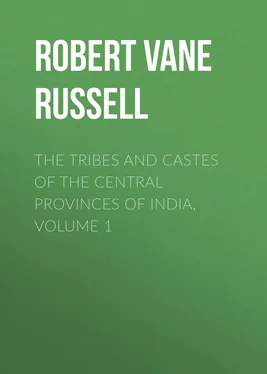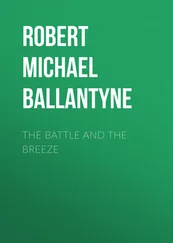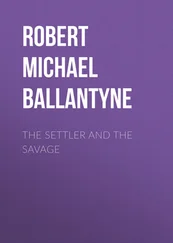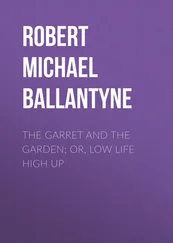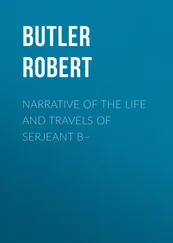Wilson, p. 403, quoting from Vyavahāra Mayūkha .
Wilson, p. 400, from Parāshara Smriti.
Wilson, p. 140, quoting from Atharva Veda , iv. 32. 1.
Wilson, p. 211.
Wilson, Indian Caste , referring to Ptolemy, vii. 1. 61 and vi. 120. 3.
Wilson, pp. 113, 114.
See for the impure castes para. 40 post .
The word “aboriginal” is used here for convenience and not as conveying any assertion as to the origin of the pre-Aryan population.
Bombay Gazetteer , Pārsis of Gujarāt , p. 213.
Rig-Veda, 6. 3. 16, quoted by Wilson, Indian Caste , p. 110.
Wilson, p. 109.
Monier-Williams, Sanskrit Dictionary, pointed out by Mr. Crooke.
Quoted by Wilson, p. 209. It would seem probable, however, that the Vaishyas must themselves have formed the rank and file of the fighting force, at least in the early period.
Manu, i. 90.
Wilson, Indian Caste , p. 193, quoting from Hiranyakeshi Sūtra.
Wilson, p. 260, quoting Mahābhārata, viii. 1367 et seq .
Mahābhārata, xii. 2749 et seq .
List of classes of Indian society given in the Purusha-Medha of the White Yajur-Veda, Wilson, pp. 126–135.
Manu, viii. 113.
Hopkin’s and Burnett’s Code of Manu, x. 64, 65, and footnotes.
Mahābhārata, xiii. 2510 et. seq ., quoted by Wilson, p. 272.
Manu, ix. 149, 157.
Manu indeed declares that such children could not be initiated (x. 68), but it is clear that they must, as a matter of fact, have been capable of initiation or they could not possibly have been married in the father’s caste.
See article on Brāhman for some further details.
Wilson, Indian Caste , i. 440, quoting Brahma Vaivarrta Purāna .
See article Bhāt for further discussion of this point.
Dolichos uniflorus .
See article Jāt for a more detailed discussion of their status.
Tribes and Castes of Bengal , art. Khandait.
Proprietors of large landed estates.
See article on Kunbi, para. 1.
Village Communities , p. 127.
History of the Marāthas , vol. i. p. 25.
Village Communities , pp. 226, 227.
The Aryan Household , ed. 1891, p. 190.
Ibidem , p. 228. Professor Hearn followed Sir Henry Maine in thinking that the clan was an expansion of the patriarchal joint family; but the reasons against this view are given subsequently.
Memoir of Central India , vol. ii. p. 22.
La Cité antique , 21st ed. pp. 66, 68.
La Cité antique , 21 st ed. pp. 66, 68.
Nigeria , quoted in Saturday Review , 6th April 1912.
Religion of the Semites , p. 96.
See article Sunār for a discussion of the sanctity of gold and silver, and the ornaments made from them.
Michelia champaka , a variety of the jack or bread-fruit tree.
See article Darzi for further discussion of the use of sewn clothes in India.
See articles on Bhulia, Panka, Kori and Julāha.
Traill’s Account of Kumaon, Asiatic Researches , vol. xvi. (1828) p. 213.
Tribes and Castes of Bengal , art. Bāri.
Pointed out by Mr. Crooke.
The Marāthi name for the god Hanumān.
Linguistic Survey , vol. iv., Munda and Dravidian Languages , p. 7.
Acacia catechu .
See article on Gond.
Linguistic Survey , p. 15.
Introduction to The Mundas and their Country , p. 9.
Linguistic Survey , p. 277.
See for this the article on Kol, from which the above passage is abridged.
Bombay Gazetteer, vol. xii. p. 175.
Cochin Census Report , 1901, quoted in Sir H. Risley’s Peoples of India , 2nd ed. p. 115.
This was permissible in the time of Asoka, circa 250 B.C. Mr. V.A. Smith’s Asoka , pp. 56, 58.
Sir H. Risley’s Tribes and Castes of Bengal , art. Tānti.
See article Kanjar for a discussion of the connection of the gipsies and Thugs with the Kanjars.
See article Chamār, para. 1.
Loha , iron; tamba , copper; kānsa , brass or bell-metal; sona , gold.
Kānch , glass.
Phul , flower; haldi ,turmeric; jira , cumin.
Crotalaria juncea . See article Lorha for a discussion of the objections to this plant.
Morinda citrifolia . The taboo against the plant is either because the red dye resembles blood, or because a number of insects are destroyed in boiling the roots to extract the dye.
See article on Brāhman.
Sonjhara is a separate caste as well as a subcaste of Dhīmar.
See article Kurmi, appendix, for some instances of territorial names.
Wilson’s Indian Caste , p. 439.
Vol. i. pp. 272, 276.
Studies in Ancient History , p. 123.
See lists of totems of Australian and Red Indian tribes. Sir J.G. Frazer notes that the majority are edible animals or plants.
Address to the British Association, 1902. I had not had the advantage of reading the address prior to the completion of this work.
Читать дальше
